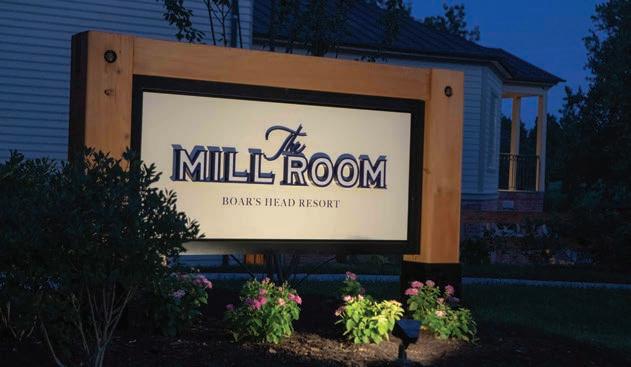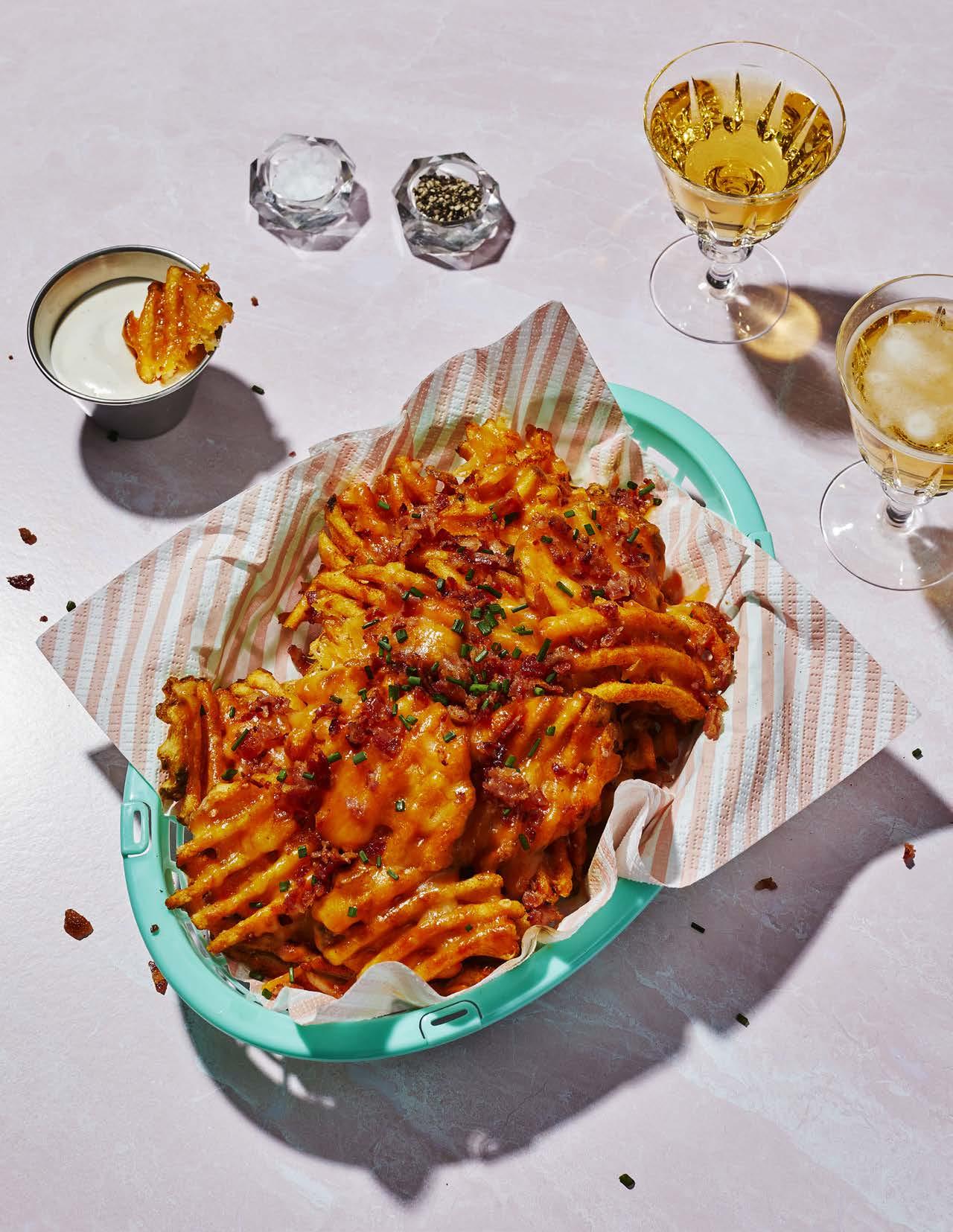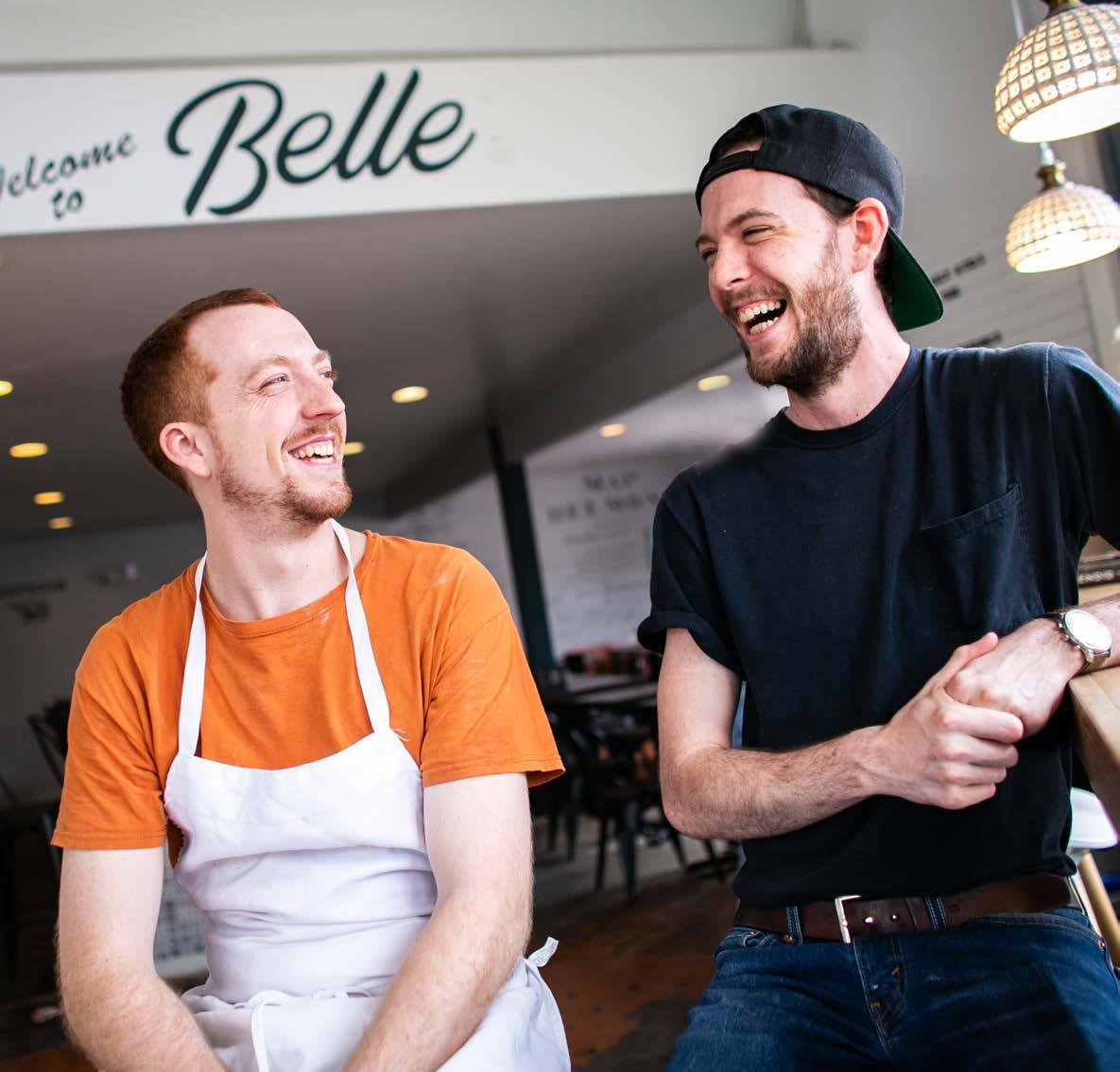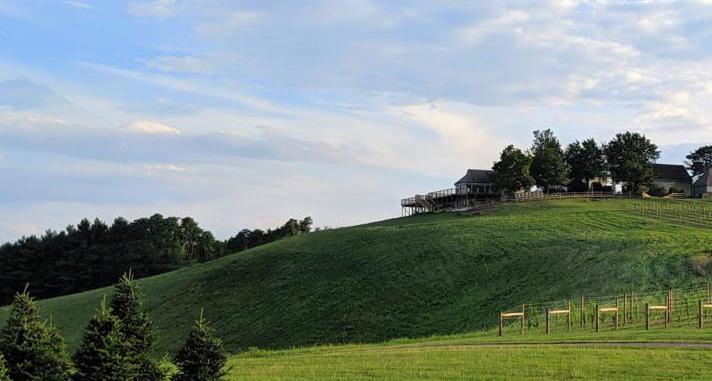
22 minute read
To market
New food scene addition Dairy Market coming this fall
Advertisement
By Caite Hamilton
The folks behind Dairy Market, the much-anticipated food hall in the former Monticello Dairy building, want to make one thing clear: A food hall is not the same thing as a food court.
“The modern food hall is about the celebra- tion of food itself,” says Jodi Mills, director of marketing and public relations at Stony Point Development Group. “The food court was an amenity to the mall; it wasn’t [about] the food itself, but a convenience for the consumer who was at the mall shopping.”
The upcoming food hall, Mills says, will be a real destination for good eats in Charlottes- ville, with vendors like Starr Hill Brewery, Chimm Street, Take It Away, and Eleva Coffee having already committed. And there’s more to come, which Mills says they’ll announce over the summer prior to an autumn soft open.
As for the transformation of the building— which we’ve been keeping an eye on since the project broke ground in August of 2018— there are plenty of nods to its history. Black and white subway tiles harken back to the original Monticello Dairy ice cream parlor; windows throughout the building have been restored or refurbished; Old Virginia bricks were removed from the original space and scrubbed to look like new. Outside, a dairy cow mural on the side of the building pays tribute to the cow statue that once stood at the front of the building.
And speaking of outside, Mills says the proj- ect includes more than 7,000 square feet of patio space, with catenary lighting, tables, chairs, music, and outdoor activities and events.
“Anticipate that it will be the hub of all hubs,” she says.
STEPHEN BARLING
The Dish
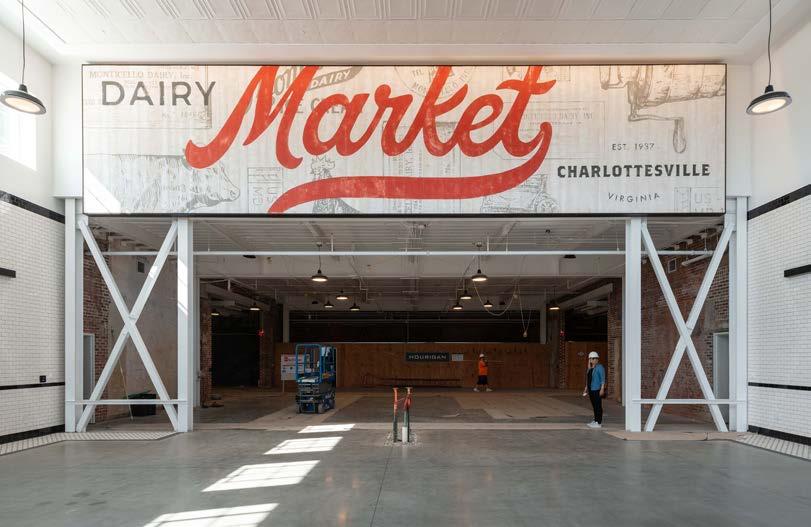




H O M E C O O K I N ’
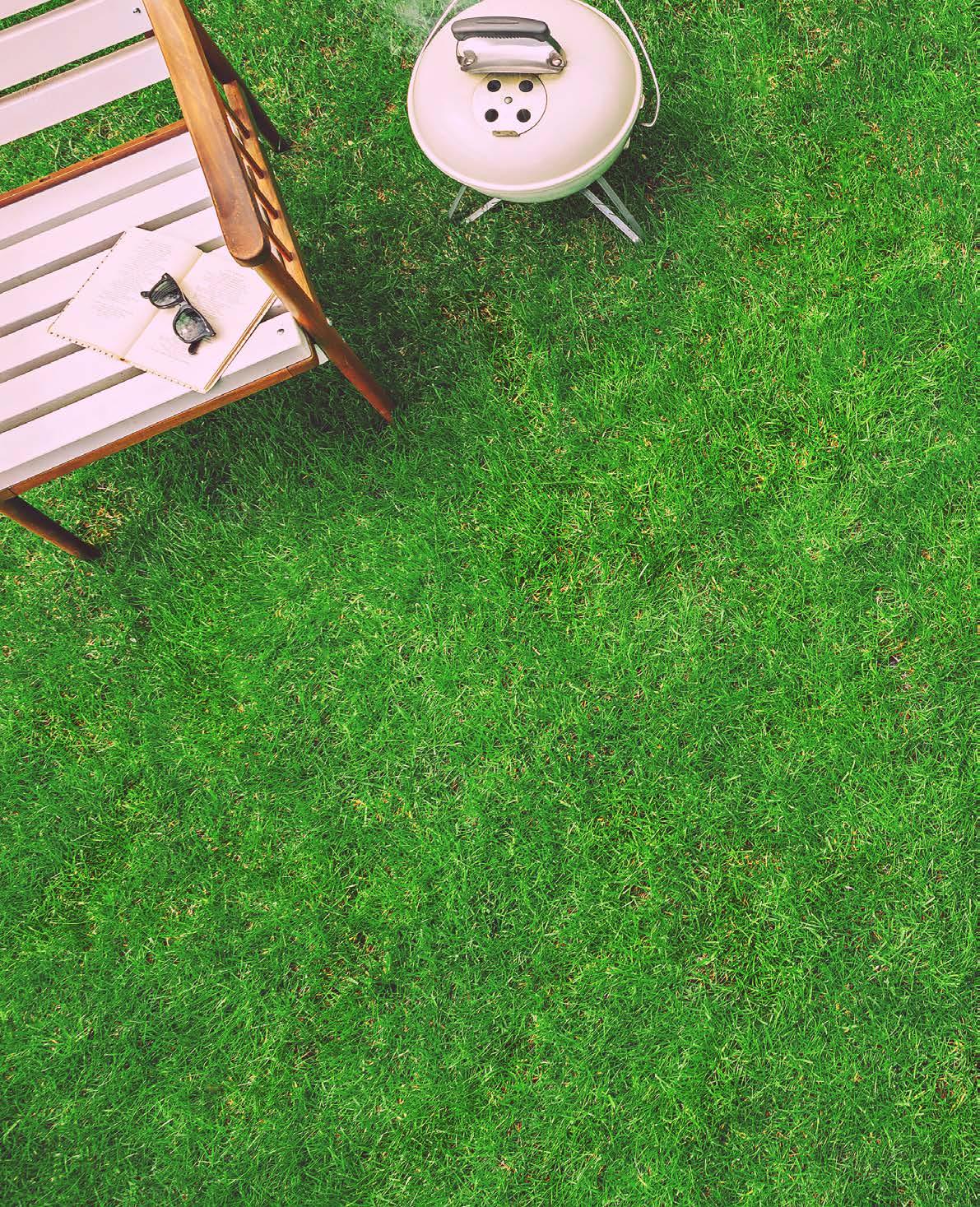
Charlottesville’s food scene is as perfect a perk to living here as you can get, but when everything went to hell in a bread basket this spring, we were all forced to rethink our approach to eating local. This issue, we’re continuing the trend, with a peek into four of our neighbors’ backyard gardens (we’re green with envy!), a few tips on barbecuing from Gordonsville’s Craig Hartman, and help with making a great cocktail at home from a new local simple syrup company. Like you, we’re anxiously awaiting the moment we can safely return to our favorite haunts, but in the meantime, we’re eating out of house and home.
H O M E C O O K I N ’ Bringing home the bacon
Chef Craig Hartman offers tips for making restaurant-quality barbecue at home
Craig Hartman, chef-owner of BBQ Exchange in Gordonsville, had his great ’cue revelation not in Texas, nor North Carolina, nor Memphis, Tennessee. Nope. He was in Mexico.
At a hotel in Cancun, Hartman threw down in an “Iron Chef”-style competition against contestants from all over the world. Featured ingredients were announced, and chefs grabbed their goods and headed to outdoor cook stations—giant grills set up next to a wood-burning bonfire, with shovels for moving coals.
The competition launched Hartman’s lifelong devotion to fire.
“It was a revelation,” he says. “We are always thinking about managing our coals. If I’m cooking just for my wife and I, it might not be a big deal. But if I have more people, it lets me manage the heat. If you have to dump charcoal on top, you have a problem.”
Here, Hartman hammers home his hot tips for making great smoked meat in the backyard.
Fire
If you want true artisan barbecue, forget the gas, hybrid smokers, pellets, or chips. Hartman is talking live fire, fed only with wood and natural lump charcoal. BBQ Exchange sticks to green hickory for smoking—its acidity and flavor profile are uniquely Virginian, Hartman says—but wood choice is personal. “Some people would rather have cherry or apple or white oak,” he says. “Briquettes are great for grilling, but they create a soft ash, and the heat goes away.”
Even when cooking at home, Hartman starts his fires in a barrel next to his grill. The wood is ready to transfer to the smoker when “all the bark is burned, the whole log is charred, and you no longer see that yellow fire.” Look for smaller, smoldering, orange flames, Hartman says, then shovel the wood into the cooker, put your meat on the grill-top, and set your dampers to maintain your target heat.
“Fire is alive,” Hartman says. “If I have a really hot fire on a really big cooker, and I’m adding a lot of wood, I can shut the doors and kill it, but it will find every space and crawl up the sides, gasping
AMY AND JACKSON SMITH BBQ Exchange’s Craig Hartman serves up tips for making great smoked meat in your own backyard.
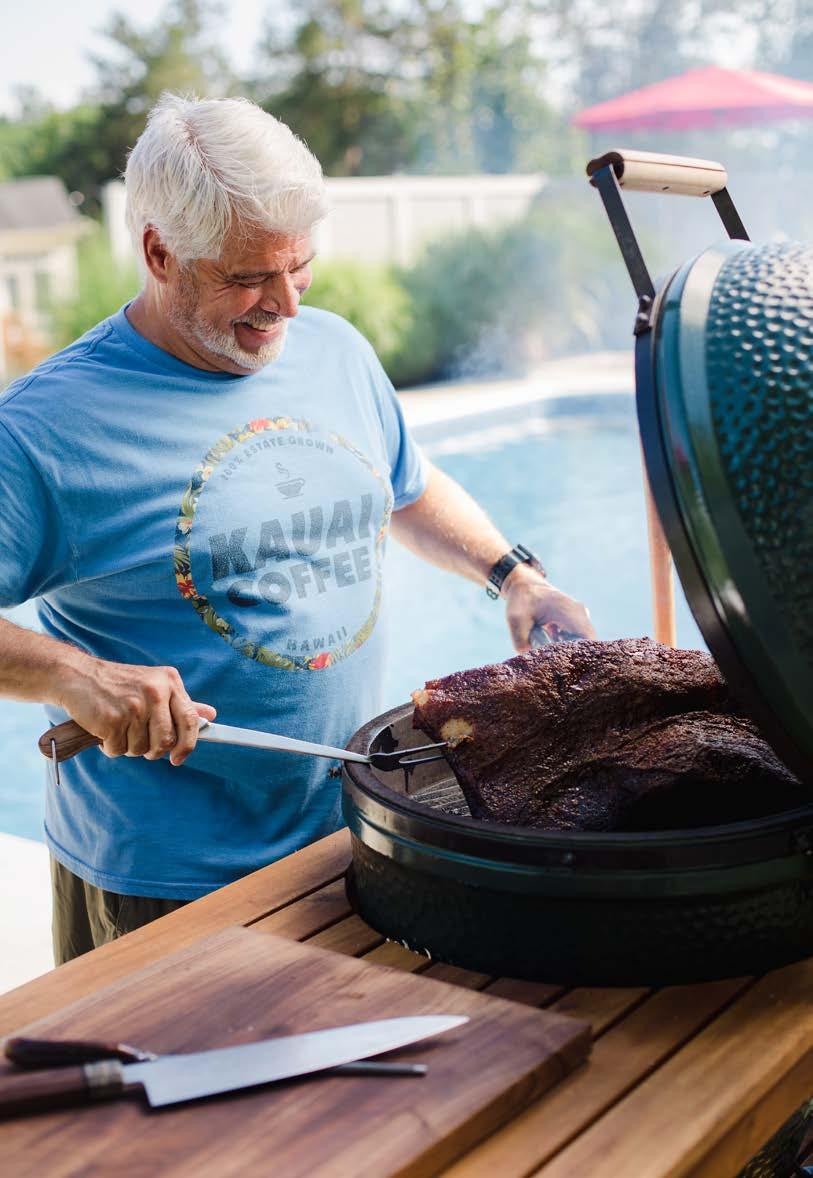
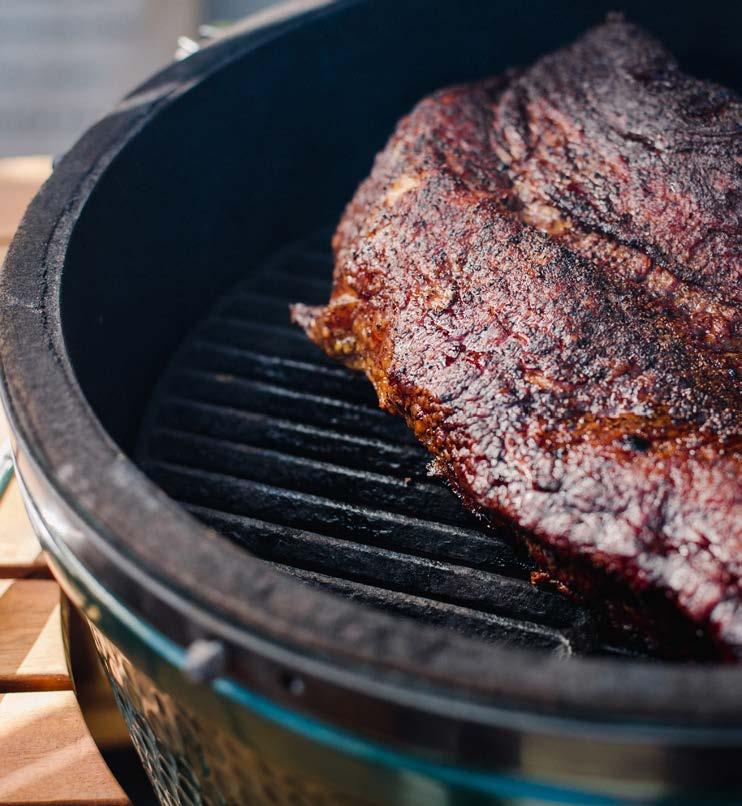
CONTINUED FROM PAGE 21
for air. At the end of the day, you’re controlling your smoke, fire, quality of meat, and spices.”
Meat
Too many people disrespect barbecue, according to Hartman. They don’t expect to pay much for it in restaurants, or they buy their hunks of meat in a big box store and call it a day. “But if you really want to step your game up, you have to be willing to spend the money,” he says. “Home chefs that do barbecue are passionate. My suggestion is buy the best product you can.”
Hartman suggests JM Stock Provisions and Reid Super-Save Market for a solid selection around Charlottesville. Or, go directly to a local farm that offers online ordering.
“When you’re dealing straight with a farm, they might not be certified organic, but they will go above and beyond what any commercial organization would do,” Hartman says. “Their husbandry of the animals is fantastic.”
Going straight to a farm also lets you experiment with different heritage animal breeds, Hartman says. Each one has a different tenderness profile, so you’ll want to tailor your technique to the breed.
AMY AND JACKSON SMITH
Technique
BBQ Exchange aims to cook most cuts at 225-250 degrees until they reach an internal temperature of 180-185, a finished temp about 15 degrees below what most books and websites recommend. Remember though: When you’re using live fire, holding 225-250 degrees in the cooker can be a battle.
“We fight with our cookers. When you’re doing real artisan barbecue, you can’t set a temperature and walk away,” Hartman says. “There are days when we struggle to get the cookers up to 250. Others, we struggle to get them below 250. If you are barbecuing, you have to know your elements.”
What should you do to your meat while it’s cooking? Pretty much nothing, according to Hartman. While a lot of ’cue gurus mop their meat with apple cider, vinegar, etc., it doesn’t really do anything for moisture. The mop is actually a cleaning technique only required when you’re burning raw wood, Hartman says.
“I don’t mop my meat at the BBQ Exchange,” he says. “We just use clean wood and clean smoke. If you are putting clean wood in, keeping the temps right, and you have good meat, it’s going to be moist.”—Shea Gibbs
Brews for ’cues
Chef Craig Hartman isn’t gonna tell you what to drink. “Beer is like barbecue,” he says. “Everyone has their favorites.”
So what’re his go-to brews? He likes lighter beers to offset sumptuous (fine, “caloric”) cuts of ’cue. We don’t want to put words in his mouth, but here are five (mostly) local bevvies Hartman would likely recommend if he weren’t too damn polite to play favorites.
DEVILS BACKBONE VIENNA LAGER
“I would stay away from the darker beers,” Hartman says. “I like something more lager-ish.” Devils Backbone describes its version as “smooth, medium-bodied, and semi-sweet, while not too heavy or bitter.”
BLUE MOUNTAIN ROCKFISH WHEAT
Hartman recommends fruity, citrusy beers—like the Rockfish Wheat from Blue Mountain—with rich, smoky barbecue.
SOUTH STREET HOGWALLER KÖLSCH
The downtown brewery’s “light, quaffable crispyboi” is balanced by Czech Saaz hops. “I’m not a big fan of hops,” Hartman says, “but a hoppy beer in the lighter style would go good.”
CHAMPION BREWING TRUE LOVE
Hartman recommends squeezing a lime into lighter beers, like this clean and refreshing lager.
MILLER LITE
“I can gain weight just by looking at food, but I do use a lot of bacon,” Hartman says. “You gotta pick your battles.” A classic Miller Lite cuts through the fat.—S.G.

H O M E C O O K I N ’ Simple syrups for complicated times
Locally owned Crescent Simples brings the flavor of fresh fruits and herbs to cocktails, cooking, and more
After months stuck indoors, under pressure, you’re likely craving something new, different, and profoundly alcoholic. Crescent Simples meets that need with simple syrups to enliven at-home libations.
Co-founders Megan Thomas and Bill Miller’s passion for simple syrups—sugar-water reductions infused with fresh fruits and herbs—began when they helped a fellow New Orleans bartender scale up her strawberry basil gin sour recipe for a cocktail contest. Rather than muddle each drink by hand, Thomas and Miller devised a syrup that lent their friend’s concoction the same flavor and freshness.
After a back injury sidelined Thomas, she and Miller relocated to Charlottesville to make syrups for a living.
“I wanted a syrup that tasted like I had muddled fresh fruit and herbs into my cocktail,” she says. “But without the work.” Three months of R&D later, they launched their first lineup (including their signature strawberry basil) at the Charlottesville City Market.
Each 10-gallon batch of Crescent Simples syrup combines a uniquely paired fresh fruit and herb or spice with water and 60 pounds of raw sugar. Simmering breaks down the fresh ingredients, then the flavors sit and infuse. After several rounds of filtering out solids, the remainder’s all but boiled to stay fresh and shelf-stable in the 150 various-sized bottles each batch yields.
Even teetotalers can enjoy Crescent Simples. Thomas uses them in baking, while Miller’s turned their blueberry lavender flavor into a killer pork marinade. Their offerings change with the seasons: For summer, they’re tinkering with lemon chamomile and peach hibiscus, while trying to crack a still-elusive watermelon syrup.
Unsurprisingly, Thomas says “business exploded” under lockdown. “People are drinking at home and teaching themselves new skills, like bartending,” she says. “We have always said that our company’s mission is to make home bartending more accessible, and this is the perfect time for that.”—Nathan Alderman
JOHN ROBINSON
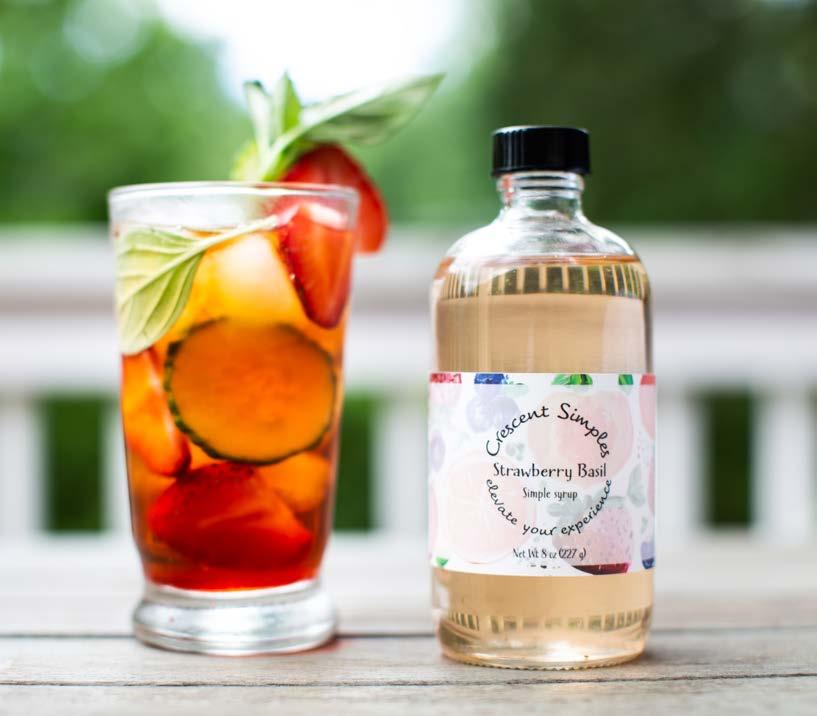
Crescent Simples’ Summer Pimms Cup “These are famous in New Orleans but lesser known in Virginia,” says Megan Thomas. “Pimms can be found at ABC stores, but Bill and I both like to make it our own by adding gin.” Here’s their go-to recipe.
INGREDIENTS 1 1/4 oz. Pimms liqueur 3/4 oz. gin 1/2 oz. lemon juice 1/2 oz. Crescent Simples’ Strawberry
Basil Simple Syrup
4-5 cucumber slices INSTRUCTIONS
Muddle the cucumber slices with the lemon juice and simple syrup. Add the Pimms and gin, add ice, and top with ginger ale or soda water. Toss into an empty mixing tin and back into your glass to combine.
Backyard warriors
Local gardeners get back to the land
Grocery shopping has become a fraught experience. Restaurant dining is not as carefree as before. This is a very strange year to be an eater, and lots of folks have responded by going back to the basics—soil, seeds, and their own two hands. Here are four local gardens and the humans who tend them.
Stocking up
Irène Mathieu is new to her house—she and her partner just moved into their place in the 10th and Page neighborhood last fall—and fairly new to gardening, too. But, she says, it’s in her blood: “My dad is a huge gardener.” So were her grandfather and great-grandfather. Although Mathieu avoided the garden as a kid, she’s come around. “Maybe it’s something inherent that’s now waking up.”
A pediatrician and a published poet, Mathieu put together three raised beds from kits, good for growing annual crops along the south side of her house, and planted berry bushes nearby: blueberry, blackberry, raspberry.
Her tomatoes, herbs, salad and cooking greens, zucchini, and cucumbers are off to a good start. “For me, what to plant depends mostly on things that I eat a lot, and that are hard to replicate in terms of freshness from a grocery store,” she says—tomatoes for salad, say, or fresh herbs crushed for tea.
“To me, creating a garden is about having a relationship with the land, which is something I only recently realized I miss,” she says. “This year, because of the pandemic, there’s a lot of existential concern that many of us have. But if you put a seed in the ground, things will grow. Nature’s still functioning.”
Give and grow
Richard and Mary Morris have been practicing what they call “foodsteading” for 11 years on their property in Keene. “We were trying to build a lifestyle centered around small-scale food production,” Richard explains. That included livestock for eating and sharing. “We wound up giving away pork shoulders for Christmas to neighbors,” he remembers.
These days, besides tending a flock of laying hens, the couple keeps bees and grows vegetables and herbs in raised beds. They’ve built their op24 Knife&Fork Summer
eration by hand, relying on their own strength to carry water, dig post-holes, and plant fruit trees. “We’re older and so it was a way to stay in physical viability,” says Richard, “but it’s also very rewarding.”
Gardening is a way for both Richard and Mary to connect with their roots and with family traditions of donating food. “When I was growing up in Phoenix my mother always had a garden in the backyard, and people who were short on money would come to our house. My mom would let them go out and take whatever they want,” remembers Richard, who’s now growing potatoes to donate to the Urban Agriculture Collective, where he’s program director.
“Black homeownership is not where it should be,” he adds, pointing out that renters are less likely to be able to grow food for themselves. “We are fortunate that we have land where we can garden.”
Urban homesteading
“My garden brings me back home to my growing up,” says Jodie Plaisance. “I’m from Cajun country, and I was snapping peas with my mawmaw and making jelly and picking figs, growing up.”
It’s a long way from Louisiana to Belmont, but over the last five years Plaisance, who owns Abrakadabra Hair Studio, has recreated some of that childhood immersion in growing and cooking food in the big backyard she shares with her wife and 11-year-old daughter. Besides fruit trees, berry bushes, and grapevines, she’s got four raised beds on a gravel pad that burst with strawberries, onions, garlic, carrots, radishes, ginger, nettle, tomatillos, kale, parsnips… “What don’t I have?” she laughs. “Shishito peppers, those are my favorite. I’ll sauté those the way Citizen Burger does, then put balsamic glaze on top.” A big mint patch keeps her in tea, and A-frame trellises support peas and beans.
“I was always having problems with my tomatoes getting sick,” she remembers, before a Fifth
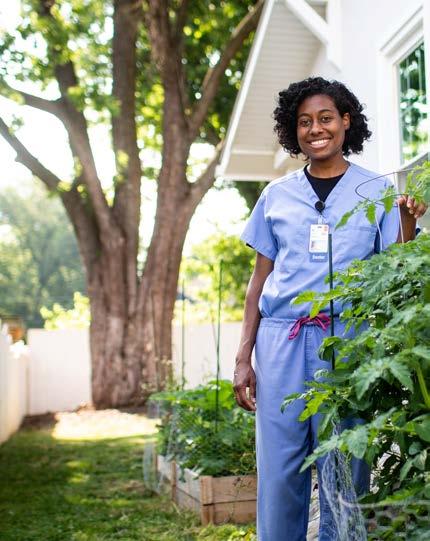
PHOTOS: JOHN ROBINSON
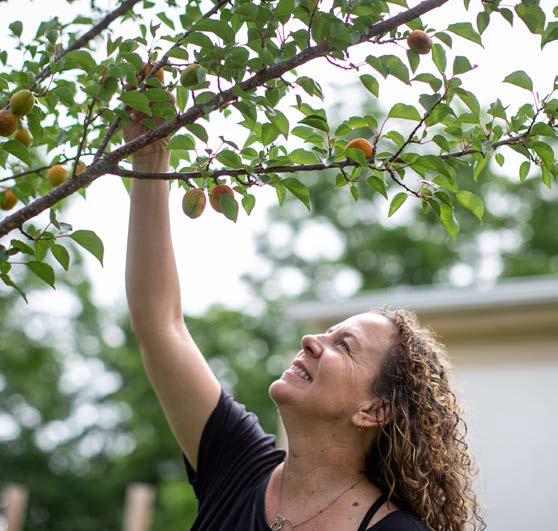


Irène Mathieu says creating a garden is about “having a relationship with the land.” Liz Nyberg revived a longneglected garden, and is especially proud of this year’s strawberry crop. Mary and Richard Morris have been “foodsteading” for 11 years on their Keene property. In addition to fruit trees, berry bushes, and grapevines, Jodie Plaisance’s Belmont garden has four raised beds filled with a wide variety of fruits and veggies.
Season employee recommended growing them in large felt pots away from other crops. “That has given me gorgeous huge tomatoes,” she says.
She’s full of plans to expand her urban homestead, but the benefits are already in full swing. “It keeps my ancestors with me,” she says.
Garden revival

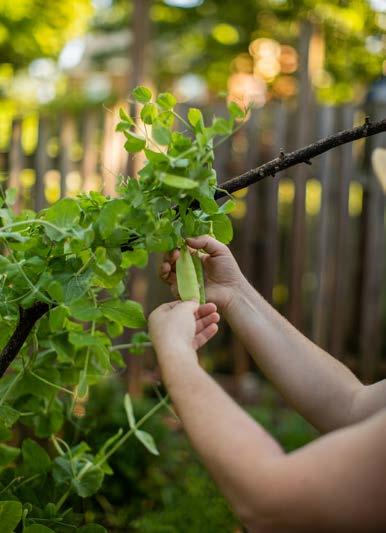
Five years ago, when Liz Nyberg and her husband got married, they moved into a rental house with a garden—a long-neglected one. Though she’d never really gardened, she hankered for fresh cukes and tomatoes. And, she says, “I like seeing things grow.” So she started cleaning out the overgrown beds (“There was definitely poison ivy in there”) and improving the soil.
“Man, you can’t even stick your finger in the ground without hitting a worm now,” she says. And just like the soil, her gardening skills have improved through the years.
“I’m getting better at starting things from seed, or planning out how many things I should start,” she says. “I built a cold frame with my husband. There’s not a lot of natural light in the house, so that gave me more space for starting seeds.” This year, she’s had a good crop of strawberries. When her onions, shallots, and garlic are ready to harvest, she’ll use that space for peppers. She keeps her boss in beets. “I really like picking flowers and bringing arrangements for the office,” she says. “I work at a homeless shelter, so it’s just nice to have something fresh and inviting in the space for staff and clients alike.” —Erika Howsare Tips for veggie-garden novices
Starting a garden for the first time is both simple and daunting. Plants have only a few basic needs: good soil, water, and sun. But, for newbies, it can seem like there are a thousand ways to go wrong. If you’re a beginner, here are a few tips to help break it down.
SELECT YOUR SITE The ideal site is well away from trees (which compete for water and nutrients), well-drained, and well-lit. Think small at first. If you really can’t put plants in the ground, think about containers.
PREPARE THE GROUND First remove the sod with a mattock. Then, loosen the soil with a spade fork. Finally, mix in about three inches of compost. For a small garden, you can buy compost in bags. Horse manure works well too, and stables are usually happy to give it away.
CHOOSE YOUR CROPS It feels good to succeed in a garden, so start with things that are relatively foolproof, like green beans, basil, and mint. The next tier of crops would include stuff like salad and cooking greens, tomatoes, peppers, and summer and winter squash.
TIMING July is too late to start most veggie crops from seed. (Greens, tomatoes, and peppers get planted indoors in early March.) What you can do now is buy most crops as starts, at a garden center or direct from a farmer. And it’s not too late—in fact, it’s the perfect time—to direct-seed heat-loving crops like beans, squash, corn, and okra.
PLANT CAREFULLY Find the healthiest plant starts you can and put them in the ground when the soil is moist, but not wet and clumpy. Loosen the soil all around where you’re making a hole for your baby plant, and dig deep enough that when you place the plant in the hole, the potting soil will sit slightly below ground level.
KEEP AN EYE ON WATER AND WEEDS The plants won’t need much from you except a regular check-in, preferably once a day. Keep soil moist and pull out the bigger weeds.
FERTILIZE That compost you added will feed your plants all season, but you can also boost their growth with organic fertilizers.
Food web
Local farms find new ways to connect with customers
While most area farms work out how to distribute their bounties, one farm located in the heart of Charlottesville worries it won’t have enough food for its consumers’ needs.
The Urban Agriculture Collective of Charlottesville offers city residents the opportunity to collaboratively grow and harvest organic produce that is then distributed at no cost to public and subsidized housing communities, “people who might not otherwise have access to fresh produce,” says Richard Morris, farm and foodroots program director at UACC.
During the 2019 season, UACC’s three gardens, located at the Friendship Court, South First Street, and Sixth Street housing developments, had a combined 25,000 square feet of vegetable-bed space. But with the Friendship Court and South First Street spots slated for redevelopment, UACC was only able to plant at Sixth Street—4,400 square feet of bed space—for the 2020 season.
“We’re down, but not out,” says Morris. With less than one-fifth of its previous planting area to work with, he says they’ve employed some The Whiskey Jar serves one of the best in town, so we went straight to the source. “I and my entire staff wait all year long for the tomatoes to come back,” says owner Will Richey. “It is heresy to use an out-of-season tomato, and simply stupid. It is the one item on the menu that is most talked about and craved by all. And I have to say there really is something wonderful about it.” Here’s what he says about crafting a totally craveable tomato sammy from your home garden.
“The three most important parts I think are undebatable: First is the perfect tomato. The tomato must be perfectly ripened and fresh, preferably an heirloom variety, of which I believe the Cherokee Purple to be the most flavorful and the best for the perfect tomato sandwich.
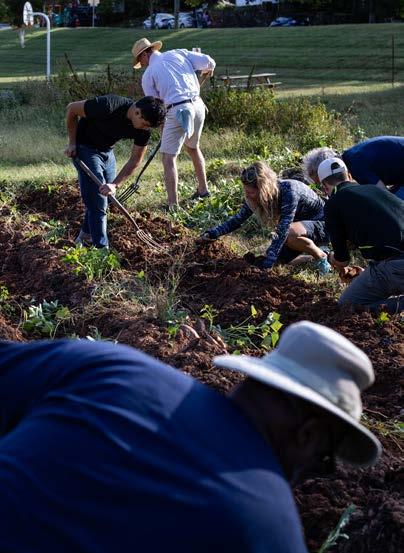
ZACK WAJSGRAS During the 2019 season, the UACC’s three gardens had a combined 25,000 square feet of vegetable-bed space. intensive growing techniques, such as eliminating tilling (resulting in higher-quality soil) and planting closer together in deeper beds.
As unemployment rates soar, Morris expects that those members of our community who are already food insecure (about 17 percent of the city’s population) will have greater demand for produce…and that more of our neighbors will become food insecure in the coming months.
He hopes that other, larger farms and distributors with excess produce might donate it to the UACC’s new Harvest a Bushel for the Community program.
Overall, farmers say they want this moment to help the community understand the reliability, and thus the importance, of local food. It’s part of their mission, after all, to feed their neighbors.
“The COVID pandemic has exposed the weaknesses of our national food system, while highlighting the strategic wisdom in, and resilience of, local food networks,” Morris says. “I’m hoping this wake-up call will kickstart more support for urban agriculture, and local
Summer treat
The secret to Whiskey Jar’s perfect tomato sammy
What makes the perfect tomato sandwich? We think
food for all.”—Erin O’Hare
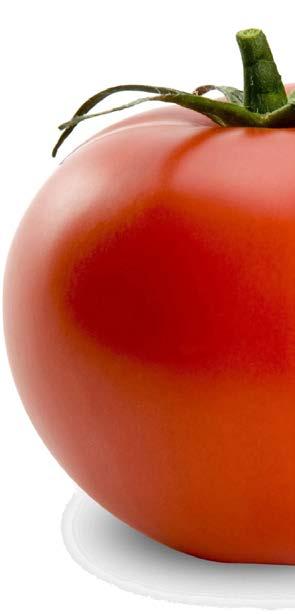
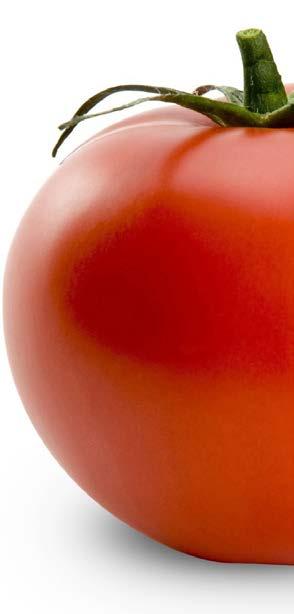
“One wants a firm-fleshed tomato with good texture, not too watery and not too seedy. They must be sliced fresh to order and never refrigerated.
“Secondly, and equally undeniable as the perfect tomato, is the seasoning. It must be salted evenly. A little black pepper is optional.
“Third on the list of undeniable truths of the perfect tomato sandwich is Duke’s mayonnaise. This must be applied to the bread thickly and evenly to the edges.
“The debate revolves around the bread. It must be white bread for certain, but we use a really good, locally made country white bread from Goodwin Creek Farm and we griddle the bread lightly in butter to give it some crunch and texture. Perhaps not ideally classic, but we think it makes for the perfect tomato sandwich.”—Caite Hamilton
Cedars of change
Wedding photographer Eric Kelley finds a new sideline building garden boxes
Eric Kelley was best known for photograph- ing weddings—until COVID-19 hit. While he waits to get back behind the camera, he’s gone from snapping pristine images to get- ting his hands dirty, building and selling locally sourced cedar garden boxes for people who want to cultivate their green thumbs.
“Since early March,” Kelley says, “I have had 11 events either cancel all together, move to dates that I am unavailable for, or reschedule to 2021.” Wondering how to fill his spare time, he took a cue from a 2019 assignment with his wife’s cousin, author Nicole Burke, taking pho- tographs for her book, The Kitchen Garden Revival. Burke’s how-to book for growing your own herbs and vegetables involved raised wooden garden boxes. On a recent visit with Kelley, she suggested he make his mother-inlaw a couple for Mother’s Day.
“Having grown up with a father that did home renovations, and having renovated 19 Elliewood Avenue [Grit Coffee’s location near The Corner], I had building skills and also have the tools I need to make these boxes,” Kelley says.
Virginia’s Eastern redcedar—a hardy native plant that’s actually part of the juniper family— yields beautiful, rot-resistant wood whose fra- grant oils help repel insects. Kelley gets his wood from Culpeper’s Whole Heart Farms, and now that he’s streamlined his process, he can hammer together a box in 45 minutes or less. As of the end of May, he’d built and delivered some 55 boxes to local customers, alongside a burgeoning business selling herb and vegetable starters to grow inside them.
“The best part of all of this,” Kelley says, “is creating a space for people to enjoy.” And he has no plans to stop, even when COVID-19 finally does. “When I am back photographing weddings, I will still be doing this.”—Nathan Alderman
ERIC KELLEY
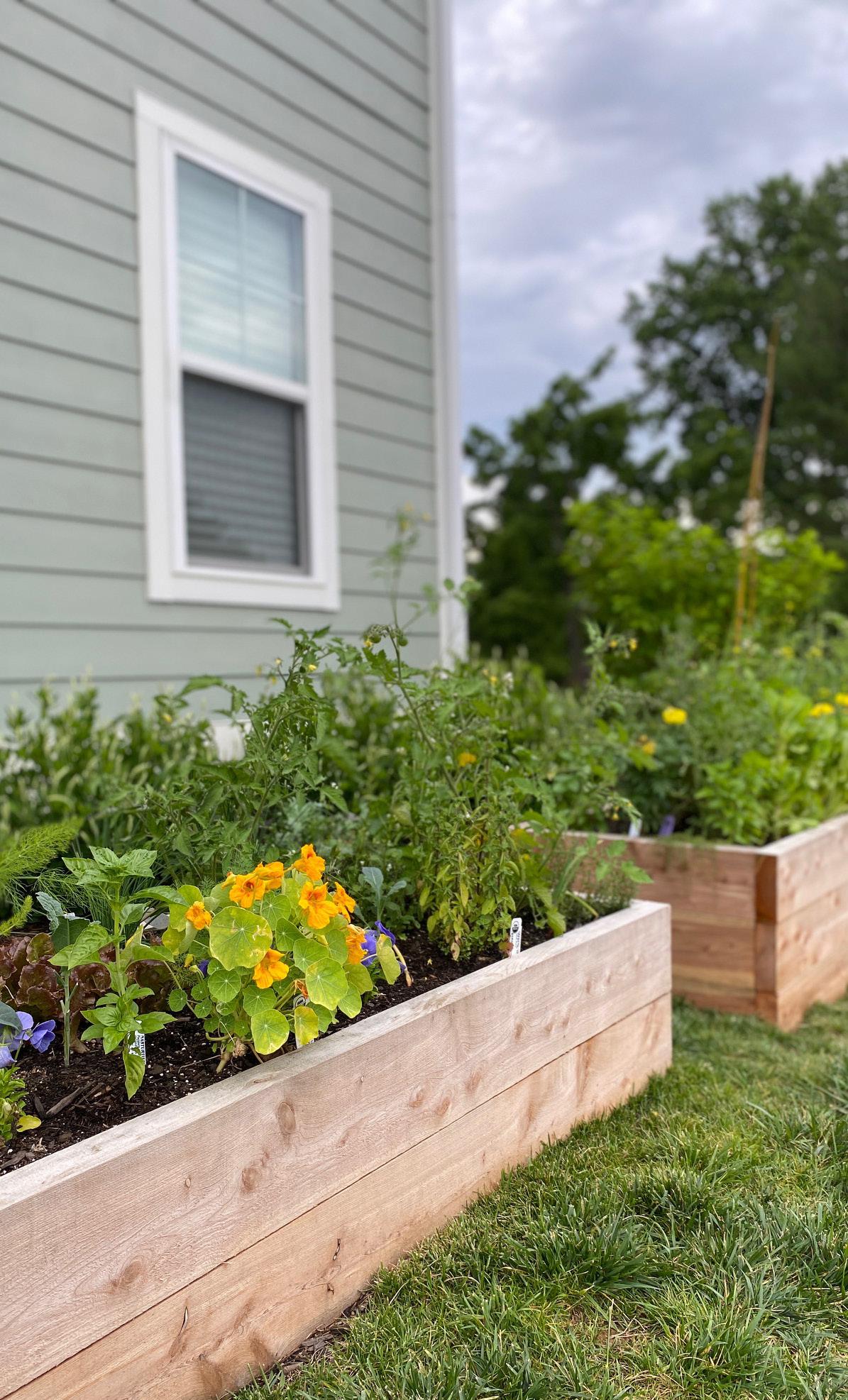
The Last Bite
Tastee treat
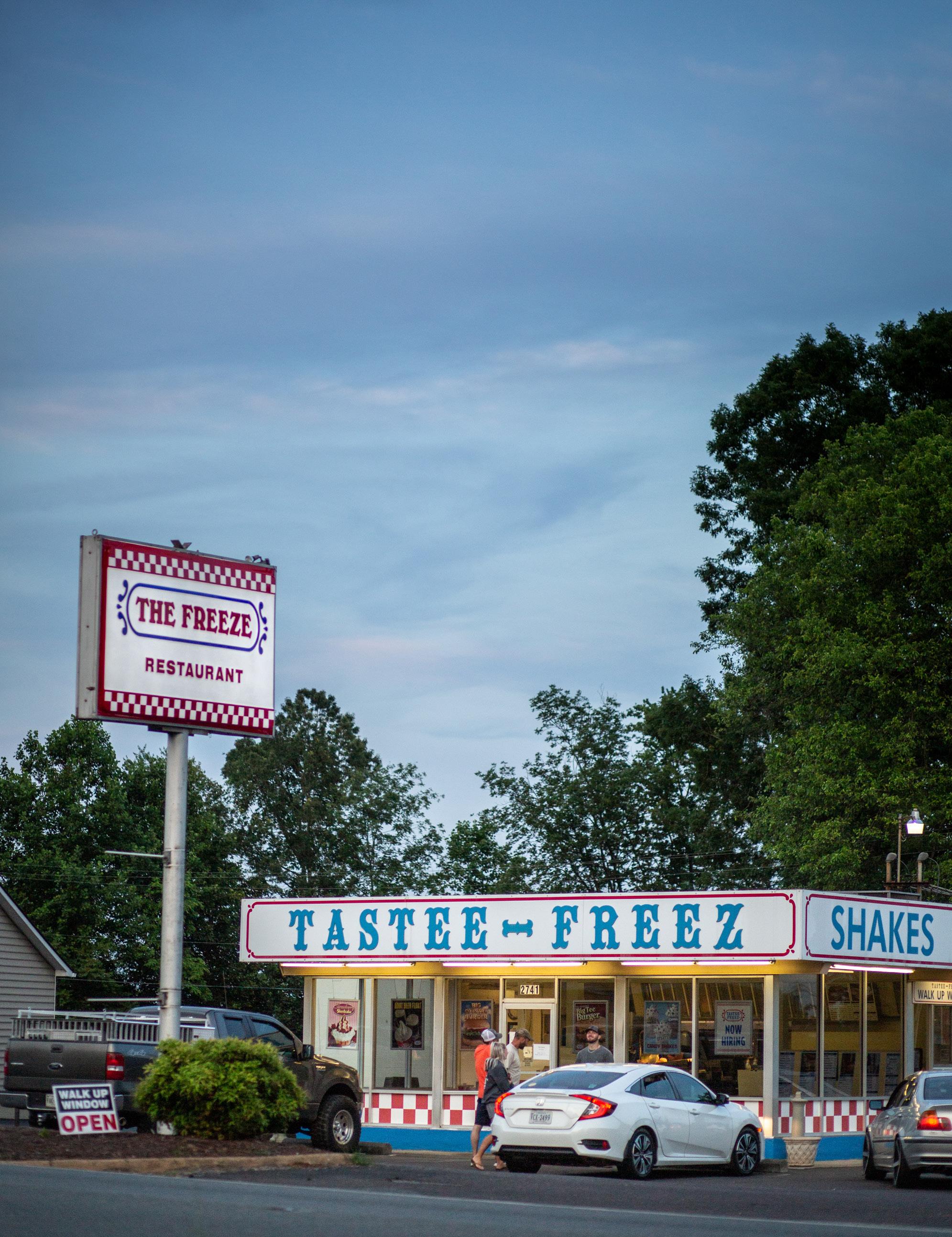
If you’re not having ice cream after (nearly) every meal, you’re not doing summer right. Our recommendation: Madison’s The Freeze, the classic ’50s throwback joint with footlongs, fish sandwiches, and—obviously—all things frosty, from hot fudge sundaes to an old-fashioned cone. Watch out for brain freeze.
A ROOM WITH A VIEW
The Legendary Mill Room
The Mill Room Restaurant is a highlight of Boar’s Head Resort and the go-to destination in Charlottesville. Our chefs infuse old-world cuisine with modern techniques, sophisticated plating and beautifully choreographed service.
Reserve your table: www.BoarsHeadResort/Dining or (434) 972-2230

Owned and operated by the UVA Foundation
